Traditional medicine offers many powerful remedies that work just as well as pharmacy-bought ones. One such example is pumpkin honey.
It is beneficial for treating and preventing various illnesses, enriching the body with vitamins and minerals. It has few contraindications but boasts numerous health benefits. In this article, we will explore the properties of pumpkin honey in detail and share how you can prepare it at home.
Table of contents
What Is Real Pumpkin Honey?
This is a natural product collected and processed by bees. It contains many substances beneficial to human health. Some even consider it comparable to medicinal remedies.
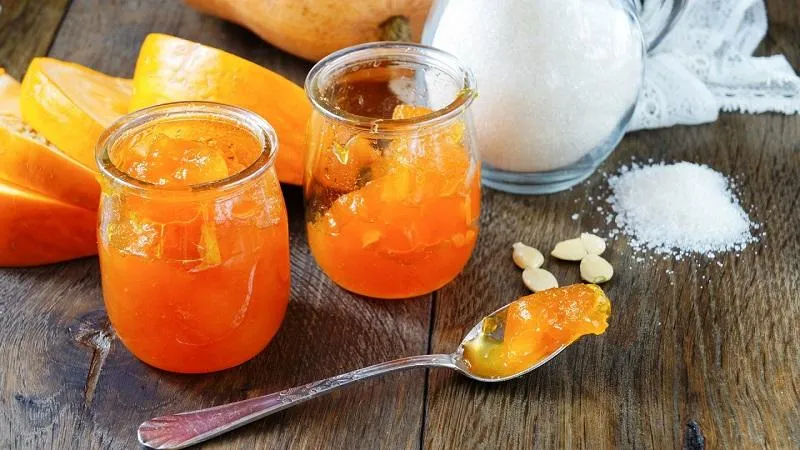
Why Is It So Rare?
This honey, collected by bees, is of premium quality precisely because it is rare. As a honey plant, pumpkin is not particularly popular among beekeepers. Its productivity is relatively low — only up to 30 kg of honey per hectare.
However, the health benefits of the final product justify the effort, which is why some beekeepers still place their hives near pumpkin fields.
How to Distinguish It from Other Types
Due to its rarity, pumpkin honey is quite expensive. As a result, sellers often pass off other types — such as sunflower honey — as pumpkin honey. We recommend buying from trusted beekeepers. If purchasing from an unfamiliar seller, here’s what to look for.
Taste and Aroma
The key distinguishing feature of natural pumpkin honey is its subtle pumpkin-like aroma and a delicate aftertaste reminiscent of pumpkin or melon. The honey itself is sweet, without any bitterness. Its color is a rich golden-orange.
Making Pumpkin Honey at Home
A great alternative to bee-collected honey is homemade pumpkin honey. It retains most of the beneficial properties of its natural counterpart while being much more affordable.
The Base Matters
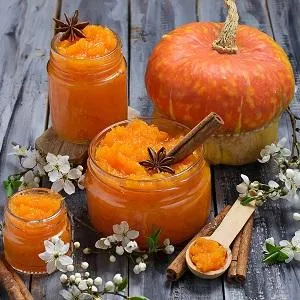 The key to good pumpkin honey is a high-quality base. Choose a fully ripe pumpkin for infusing the syrup.
The key to good pumpkin honey is a high-quality base. Choose a fully ripe pumpkin for infusing the syrup.
To check ripeness:
- Tap the pumpkin — a dull sound indicates ripeness.
- The stem should be completely dry.
- When pressing the skin with a fingernail, no mark should remain.
- The skin pattern should be well-defined.
Additionally, pay attention to the longitudinal stripes. Wavy or broken lines may indicate the presence of nitrates. Also, ensure the pumpkin has no rot, dents, or damage.
Sugar-Based Recipe
Preparing the nectar is simple — just follow a few basic steps.
Preparation
Take a medium-sized pumpkin (preferably with a stem) and 1-1.5 kg of sugar, depending on the pumpkin’s size. Wash and dry the pumpkin, then cut off the top (keeping the stem intact) to create a "lid." Scoop out all the seeds and fibers.
Preparation
Fill the prepared pumpkin with sugar, close the "lid" tightly, and cover with a cotton cloth. Place the pumpkin in a suitable container for 7-10 days until the sugar dissolves. The resulting syrup is pumpkin honey.
Note! To prevent mold, ensure the room is well-ventilated and not too warm.
Honey-Based Recipe
The recipe is the same as the sugar-based version, except sugar is replaced with honey. Naturally, this version is much healthier.
Storage Tips
Pour the finished pumpkin honey into sterilized jars. Store it in the fridge for about a month. You can extend its shelf life by heating the syrup to 80°C or boiling it until thickened. However, high temperatures destroy some beneficial compounds, reducing its medicinal effects.
Health Benefits
Pumpkin honey syrup is a healing product, but is it suitable for everyone? Let’s find out.
Benefits and Risks
This nectar has both medicinal properties and certain contraindications.
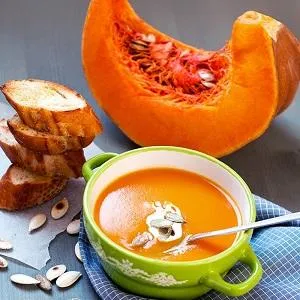 Avoid pumpkin honey if you have:
Avoid pumpkin honey if you have:
- Low stomach acidity (it further reduces acidity);
- Large gallstones or kidney stones — honey has diuretic and choleretic effects, which may cause stone movement and blockages;
- Obesity — its high caloric content may contribute to weight gain;
- Allergies;
- Diabetes — pumpkin honey is high in glucose;
- Heart conditions — it may alter blood mineral balance.
Nutritional Composition
Honey prepared in a pumpkin absorbs its beneficial properties. It contains fiber, pectins, enzymes, and plant proteins. It also provides B vitamins, E, C, PP, provitamin A, and traces of T and D.
Pumpkin honey is rich in essential minerals like copper, cobalt, magnesium, calcium, phosphorus, zinc, potassium, and iron.
Medicinal Uses
Pumpkin honey is used not only in folk medicine — some doctors also recommend it for certain conditions.
It helps with:
- Chronic constipation;
- Lowering "bad" cholesterol;
- Boosting hemoglobin levels;
- Regulating blood pressure;
- Liver tissue regeneration;
- Improving digestion and gut health;
- Bile flow in cholecystitis and gallbladder issues;
- Reducing swelling;
- Small kidney and gallbladder stones.
Additionally, this sweet remedy aids detoxification and strengthens immunity. It can also be taken preventively.
Did you know? Pumpkin honey isn’t just for consumption — it can also be used in compresses to treat wounds and bruises.
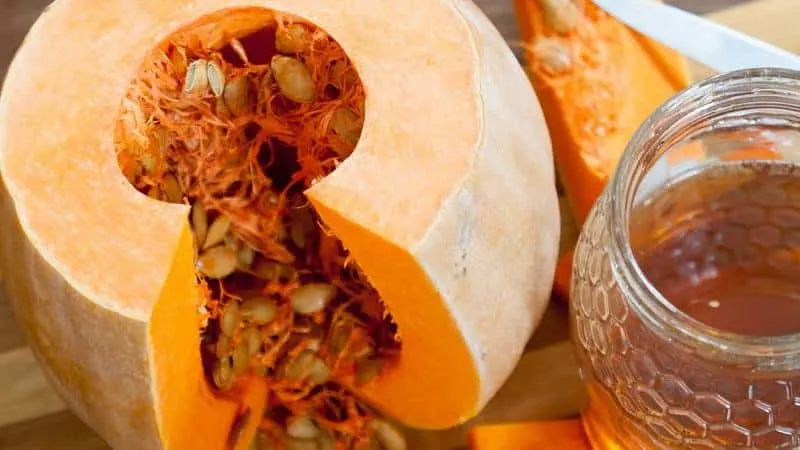
Use During Pregnancy
Pregnant women should be especially mindful of their diet. Before consuming pumpkin honey, consult a doctor to avoid adverse effects.
For Expecting Mothers
Pumpkin and its honey syrup are rich in vitamins and essential nutrients. They provide both mother and baby with valuable micronutrients.
Moreover, they help reduce swelling, boost immunity, improve sleep, and support nervous system function while maintaining healthy hemoglobin levels.
How to Use Pumpkin Honey
According to traditional medicine, it’s recommended to take 1-2 tablespoons daily.
For Liver Health
This remedy aids liver cell regeneration. Two to three weeks before starting, prepare your body: avoid fatty, fried, salty, and smoked foods, as well as pickled items and pastries.
Take 1 teaspoon three times a day for three weeks.
Support for Hepatitis
For hepatitis, this infusion helps: steep ½ tbsp each of nettle and yarrow in 500 ml of water for 24 hours in a dark place. Drink half a glass daily with 1 tsp of pumpkin honey dissolved in it.
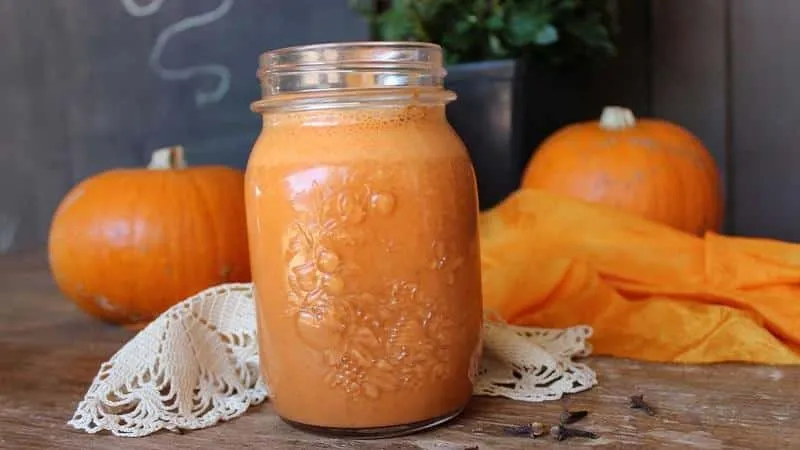
For Kidney Health
Pumpkin’s carotene protects kidneys from diseases and aids recovery. Take 1 tbsp 30 minutes before meals, three times daily, until the batch (from one pumpkin) runs out. After a 10-day break, repeat if needed.
For Immunity
During cold season or post-illness, take 2-3 tsp after meals for five days.
For Ulcers
For duodenal ulcers, take 1 tbsp of honey-based nectar daily for three weeks.
Culinary Uses
Enjoy pumpkin honey syrup drizzled over dishes: mix 200g of cottage cheese with 20g of syrup, divide into three servings, and consume throughout the day. It pairs well with pancakes, desserts, and fruit dishes.
Important! Never add pumpkin honey to hot drinks or dishes — like all honey, high temperatures destroy its healing properties.
Reviews
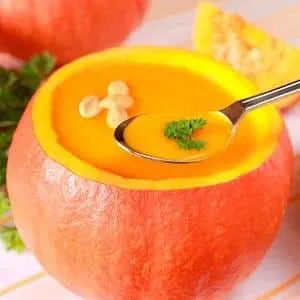 Online forums feature many testimonials from people who have tried this product. Here are a few:
Online forums feature many testimonials from people who have tried this product. Here are a few:
Thomas: “It’s unlikely you’ll harm yourself with pumpkin honey. This combination has long been known for its benefits, especially for the liver and kidneys. Just be mindful of contraindications.”
Sophie: “My father has liver issues and poor eating habits. I tried this recipe, and since he dislikes medicine but loves sweets, it worked perfectly. His nausea and heaviness disappeared, and his skin improved. Now I make it regularly!”
Claire: “My doctor suggested pumpkin honey alongside traditional anemia treatment. While I can’t pinpoint which helped more, my condition improved within weeks.”
Conclusion
Pumpkin honey offers numerous health benefits with minimal risks if used correctly. Unlike pharmaceuticals, it has no side effects. Whether homemade or store-bought, it’s worth trying.







